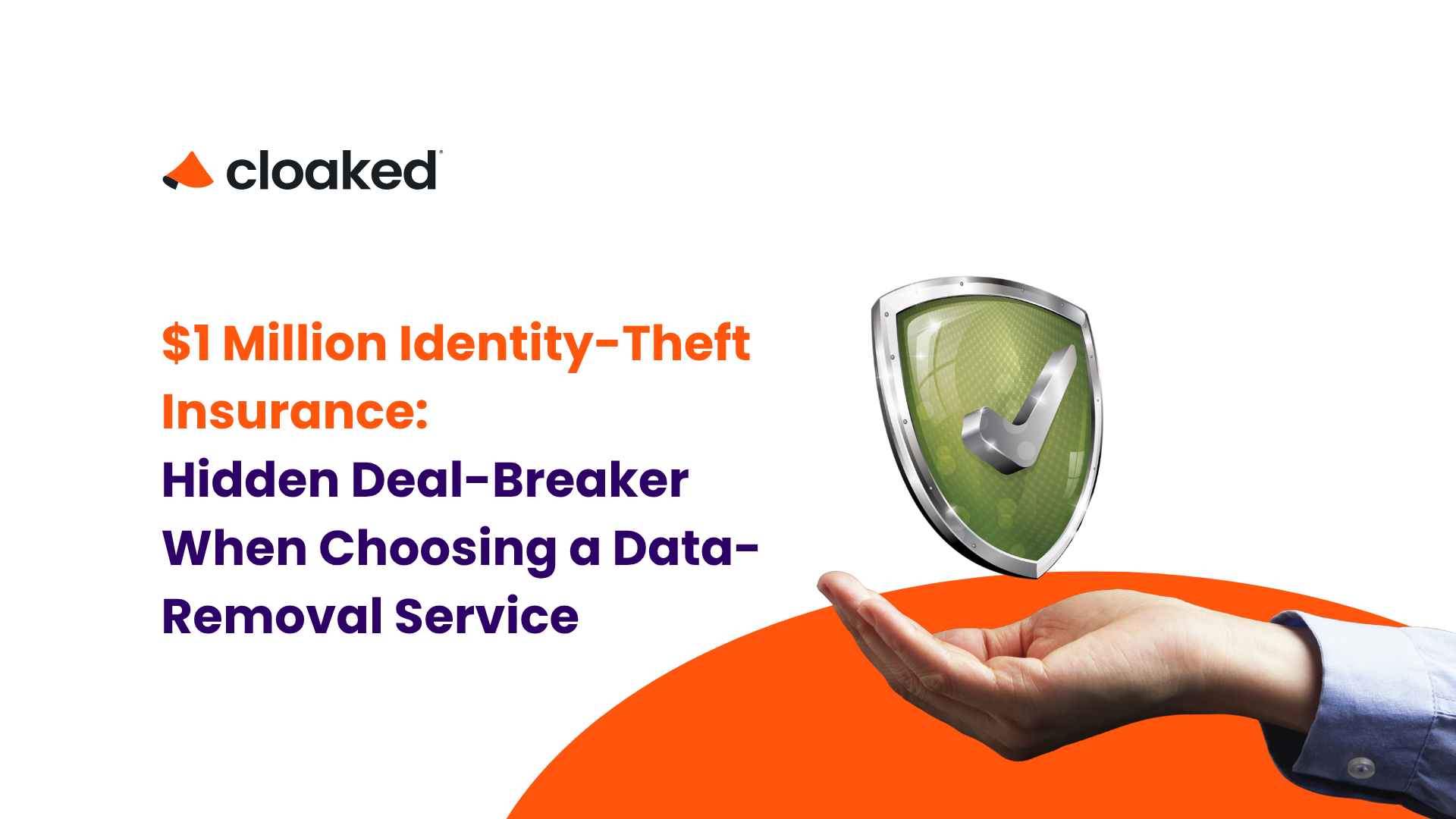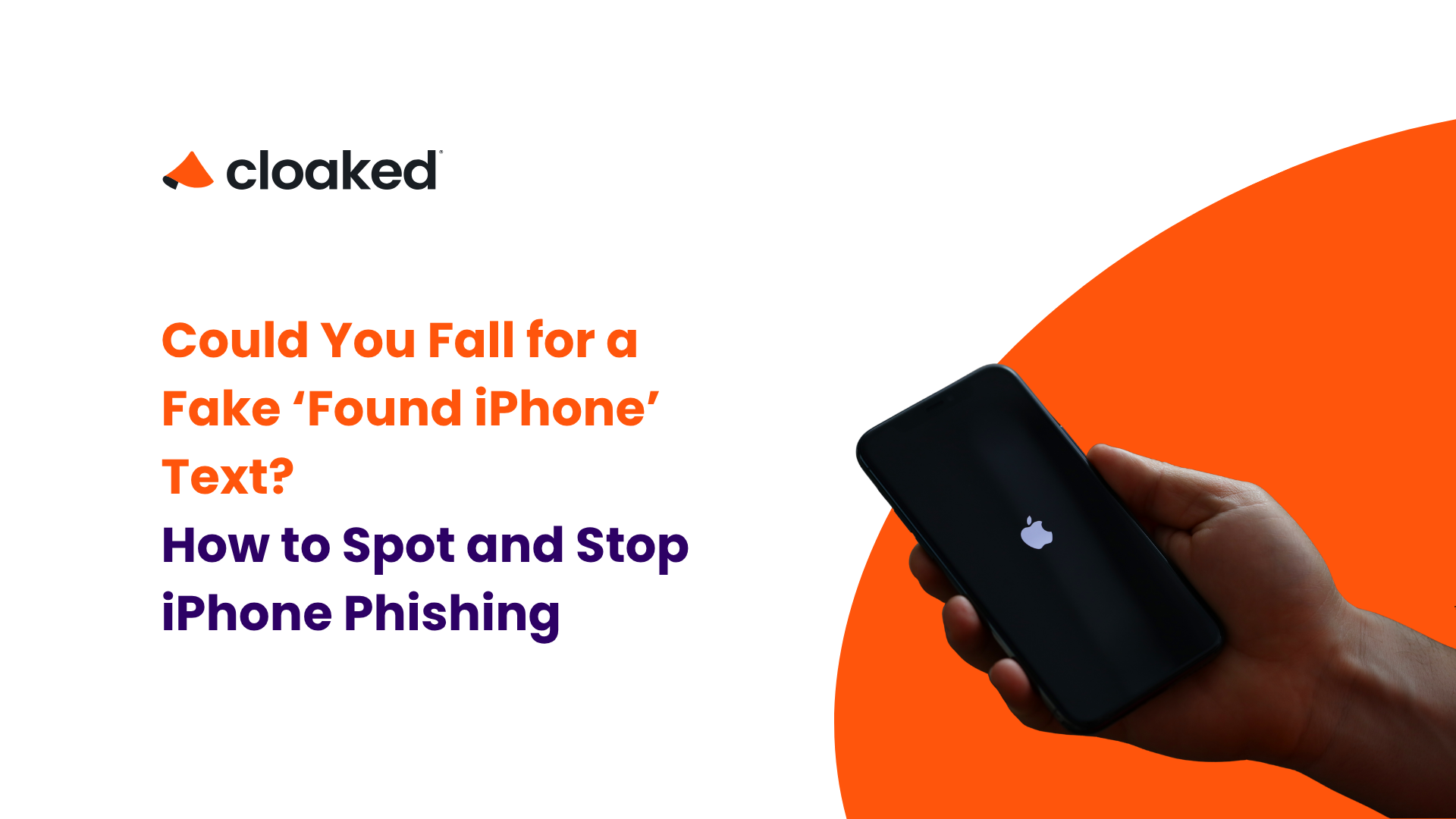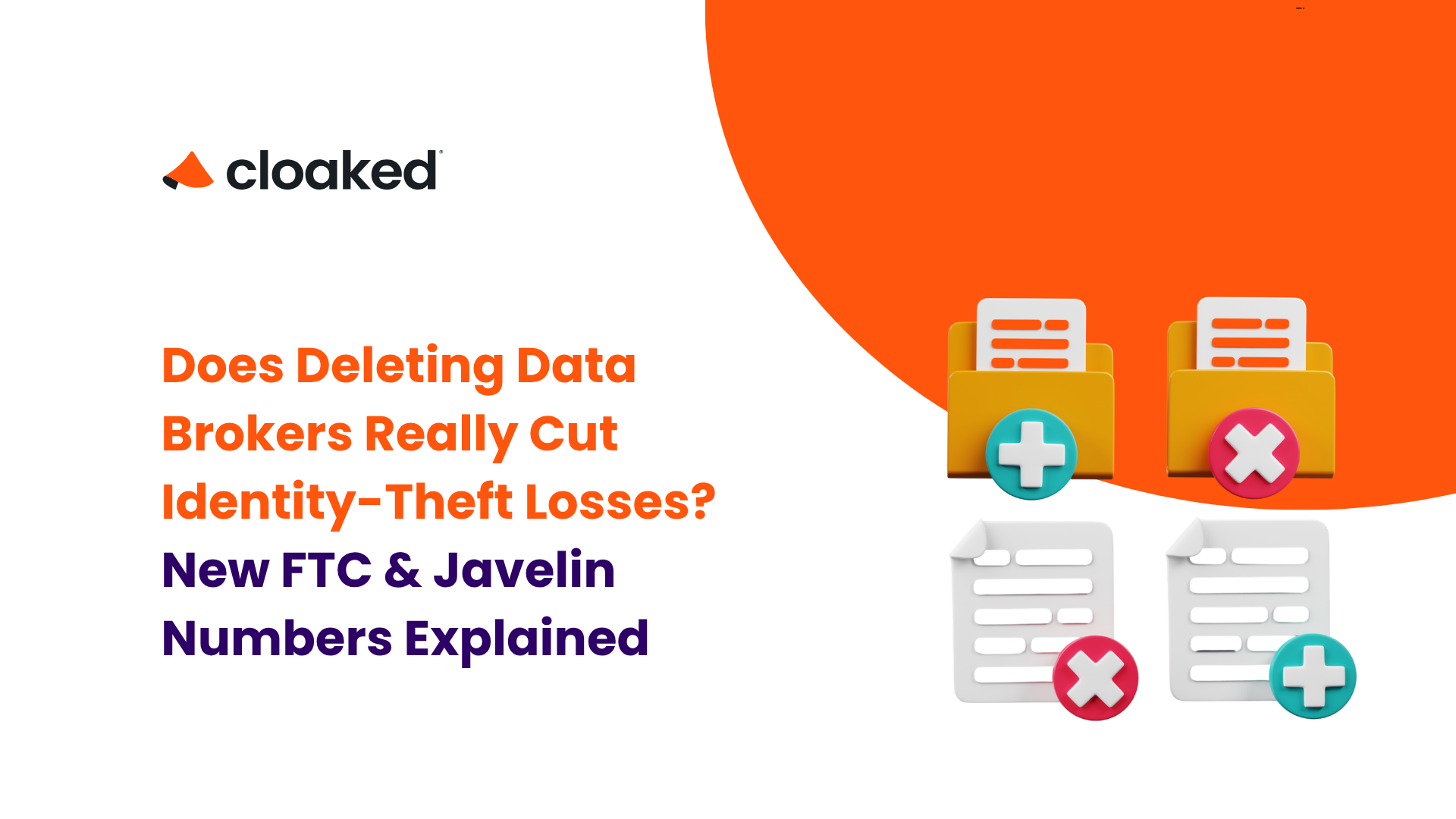Identity theft insurance is now the line between minor hassle and financial disaster. With fraud losses exploding to unprecedented levels, choosing the right data-removal service with adequate insurance coverage has never been more critical. The difference between a $1 million policy and lesser coverage could mean the difference between full recovery and devastating financial loss.
Rising Fraud Losses Make $1 Million Policies the New Baseline
The scale of identity fraud has reached staggering proportions. Americans lost more than $10 billion to fraud in 2023, a 14% increase from the previous year, according to the Federal Trade Commission. Even more alarming, every 2 seconds there is an identity victim, while consumers have spent over 154 million hours resolving identity fraud issues.
The sophistication of modern attacks has overwhelmed traditional defenses. 80% of banks recently admitted they are struggling to keep pace with AI-driven fraud tactics targeting everyday people's bank accounts. These evolving threats make comprehensive identity theft insurance essential when selecting a data-removal service.
Leading services now include substantial insurance coverage as part of their protection packages. Cloaked provides up to $1 million in insurance coverage for identity theft victims, recognizing that modern fraud schemes can quickly escalate into six-figure losses. This coverage serves as a crucial safety net when criminals strike, covering everything from legal fees to stolen funds.
The reality is stark: with fraud tactics advancing faster than banks can defend against them, a robust insurance policy isn't just an add-on, it's your financial lifeline when prevention fails.
The Fine Print: Coverage Limits & Reimbursement Traps You Can't Ignore
While $1 million sounds comprehensive, the actual protection depends entirely on the policy's fine print. Most identity theft insurance policies impose strict sub-limits that dramatically reduce real-world payouts. Legal fees exceeding $350 per hour aren't covered under many policies, while others cap attorney fees at just $125 per hour.
Cash recovery presents another hidden limitation. The insurance won't reimburse unrecoverable funds for which you didn't seek reimbursement from your financial institution first. This means victims must exhaust all other recovery options before the insurance kicks in, potentially leaving significant gaps in coverage.
Reimbursement categories often exclude critical expenses. Many policies limit lost wages coverage, cap travel expenses for resolving fraud, or exclude certain types of identity theft entirely. Understanding these exclusions before you need them can save thousands in unexpected out-of-pocket costs.
The claims process itself can become a trap. Most policies require extensive documentation, police reports, and proof of loss within strict timeframes. Missing a deadline or failing to provide specific documentation can result in claim denial, leaving victims to shoulder the full financial burden alone.
Cloaked vs Aura vs LifeLock: How Their $1 Million Policies Stack Up
When comparing identity theft insurance across major providers, the differences hide in the details. Aura offers both $1 million and $5 million coverage options, with comprehensive credit monitoring and identity protection starting at $20 monthly. Their higher-tier plan includes additional protections like home title theft and investment fraud coverage.
LifeLock takes a different approach, stating "We'll reimburse funds stolen due to identity theft up to the limit of your plan." Their coverage includes specialized monitoring for phone takeovers, 401(k) accounts, and social media, areas often overlooked by basic policies.
Cloaked includes up to $1 million in identity-theft insurance with every paid subscription, bundling it with data-broker removals and breach monitoring. This integrated approach means members don't need separate policies or additional fees for comprehensive protection.
The key differentiator often lies in sub-limits. While all three offer headline $1 million coverage, legal fee caps vary significantly. Some providers limit legal costs to $125 per hour, while others allow higher rates but cap total legal expenses. Lost wages reimbursement ranges from $1,000 to $5,000 per incident, depending on the provider and plan level.
Claim support quality varies dramatically between services. Premium providers offer dedicated case managers and white-glove fraud resolution teams, while basic plans may only provide self-service claim forms and limited assistance.
When $1 Million Isn't Enough: Breach-Cost Case Studies
Real-world breaches demonstrate how quickly costs can spiral beyond typical coverage limits. Krispy Kreme's 2024 data breach affected 161,676 people and resulted in $3 million in remediation expenses plus an estimated $11 million revenue loss, costs that cybersecurity insurance only partially offset.
The Allianz Life breach showcased another dimension of modern identity theft. Hackers stole PII from 1.4 million customers using social engineering tactics, bypassing traditional security measures. Victims faced not just financial theft but complete identity takeover, with recovery costs potentially exceeding standard insurance limits.
The sheer scale of modern breaches compounds individual losses. With 12,195 data breaches reported last year, a 34% increase, affecting over 1.35 billion people in 2024, the probability of needing substantial coverage has never been higher.
These cases illustrate a critical point: while $1 million coverage handles most identity theft scenarios, sophisticated attacks targeting high-net-worth individuals or involving business identity theft can easily exceed standard limits.
Decision Matrix: Match Coverage Features to Your Risk & Budget
Selecting appropriate identity theft insurance requires matching your risk profile to coverage features. The best services offer up to $1 million for expenses associated with restoring your identity, but your specific needs may vary based on financial exposure and lifestyle factors.
Start by assessing your vulnerability level. High-risk individuals, those with substantial assets, frequent online activity, or previous breach exposure, should prioritize maximum coverage limits and comprehensive sub-categories. Most identity theft protection services include insurance to help recoup expenses, but coverage quality varies dramatically.
Consider these key decision factors when evaluating coverage:
Coverage Limits: Ensure the aggregate limit covers potential worst-case scenarios Sub-limit Structure: Review caps on legal fees, lost wages, and travel expenses Claim Support: Evaluate whether dedicated fraud resolution specialists are included Response Time: Some insurers aim to settle valid claims within 90 days Bundle Benefits: Assess whether insurance integrates with other protection features
Budget considerations shouldn't override adequate protection. The difference between basic and comprehensive coverage often amounts to just a few dollars monthly, while inadequate insurance could cost tens of thousands in uncovered expenses.
Checklist for Evaluating Any Data-Removal Service's Insurance
Identity theft protection services monitor databases for your personally identifiable information, but insurance quality determines your financial recovery options when prevention fails. Use this comprehensive checklist to evaluate any provider's coverage:
Policy Underwriter: Verify the insurance is underwritten by reputable companies like American Bankers Insurance Company of Florida or AIG subsidiaries
Coverage Verification:
- Confirm the aggregate limit (minimum $1 million recommended)
- Review all sub-limits for specific expense categories
- Check exclusions for fraud types not covered
- Verify whether legal fees are capped hourly or in aggregate
Claims Process:
- Understand documentation requirements upfront
- Review timeline requirements for reporting fraud
- Check if pre-approval is needed for legal representation
Real Recovery Metrics: The average victim spends 200 to 600 hours resolving identity theft, with out-of-pocket costs exceeding $1,500. Ensure the policy covers these hidden costs beyond just stolen funds.
Support Quality: Determine whether the service provides dedicated fraud resolution specialists or only self-service claim filing.
Key Takeaways on $1 Million Identity-Theft Coverage
The explosion in fraud losses makes identity theft insurance a critical factor when choosing a data-removal service. While $1 million policies have become the industry standard, the actual protection varies dramatically based on sub-limits, exclusions, and claim support quality.
Cloaked provides comprehensive protection with up to $1 million in identity theft insurance included with every paid subscription. Combined with data removal from over 120 data brokers and real-time breach monitoring, this integrated approach ensures members have both prevention and recovery covered.
The key isn't just having insurance, it's understanding exactly what's covered before disaster strikes. Review sub-limits carefully, understand the claims process, and ensure the coverage aligns with your risk profile. In today's threat landscape, comprehensive identity theft insurance isn't optional; it's your financial safety net when cybercriminals strike.
For those serious about protecting their identity and financial future, choosing a service like Cloaked that combines robust insurance with proactive protection measures provides the comprehensive shield needed against modern identity theft threats.
Cloaked Identity Theft Insurance FAQs 2025
Frequently Asked Questions
Fraud losses are rising and recovery is complex. The blog cites FTC-reported losses topping $10 billion in 2023 and growing, which makes robust coverage essential to pay for legal help, lost wages, and other restoration costs that quickly add up.
Policies frequently cap attorney rates (some at about $125 per hour and others excluding fees above roughly $350 per hour), limit lost wages and travel, and exclude certain fraud types. Many also require you to seek reimbursement from your bank first before covering unrecovered funds.
All headline plans advertise up to $1 million, but sub-limits and benefits differ. Aura offers tiers up to $5 million on higher plans, LifeLock reimburses stolen funds up to plan limits with specialized monitoring, and
Cloaked includes up to $1 million with paid subscriptions bundled with data-broker removals and breach monitoring.
Most insurers require detailed documentation: police reports, proof of loss, and evidence that you attempted recovery through financial institutions. Tight reporting windows and pre-approvals for legal representation can also apply, and missing these steps can lead to denial.
Complex identity takeovers, cases involving high-net-worth individuals, or business-related identity fraud can exceed standard caps. Large-scale breach fallout can drive costs beyond typical sub-limits for legal work, remediation, and extended time away from work.
Cloaked includes up to $1 million in identity-theft insurance with paid plans and combines it with removals from over 120 data brokers and real-time breach monitoring. According to Cloaked resources, some insurers aim to settle valid claims within about 90 days, and members get integrated prevention and recovery support through
Cloaked’s privacy suite.


















